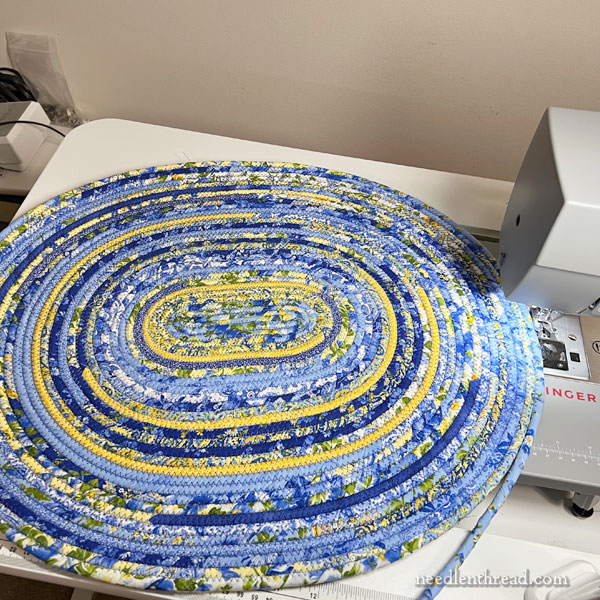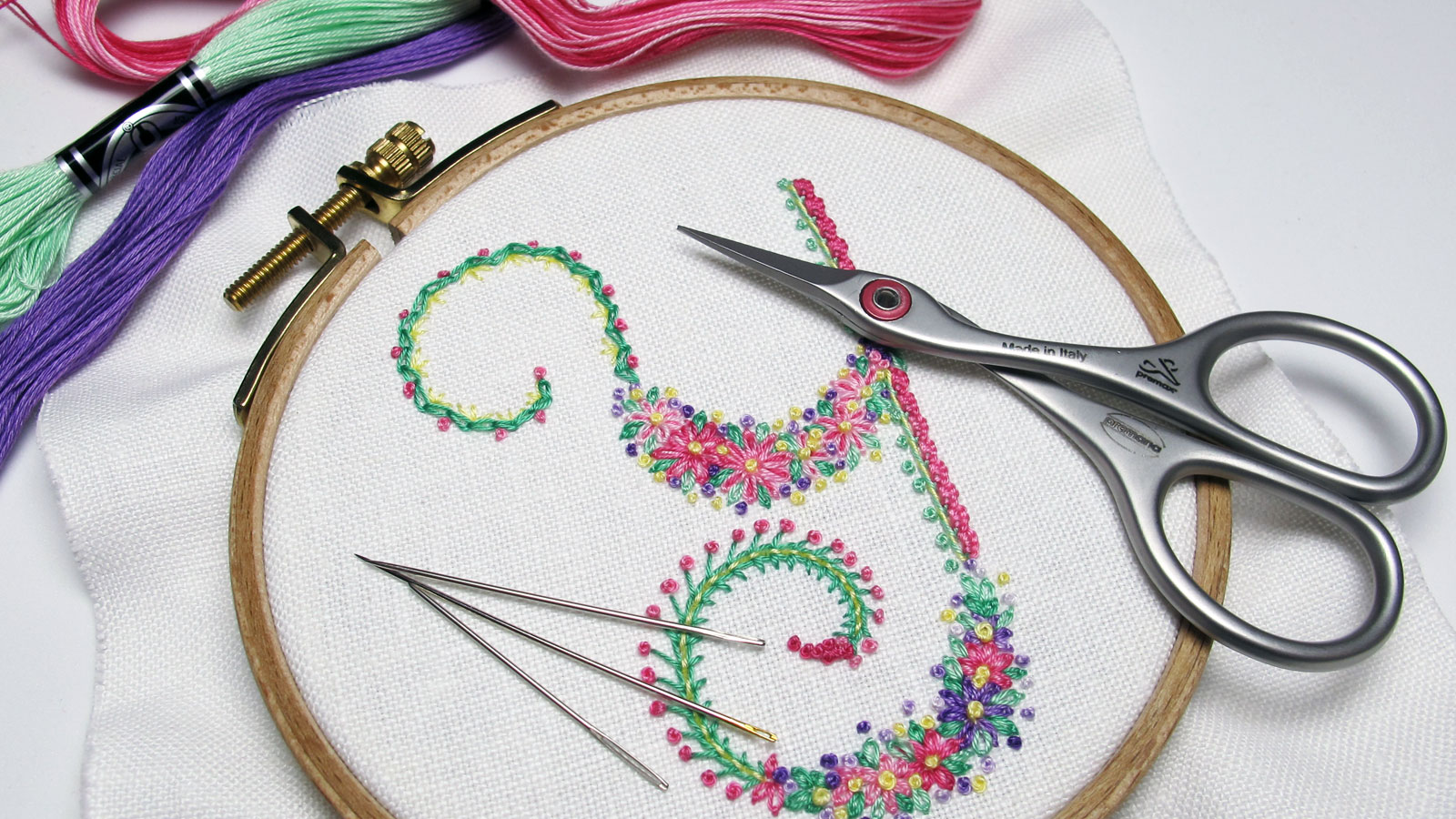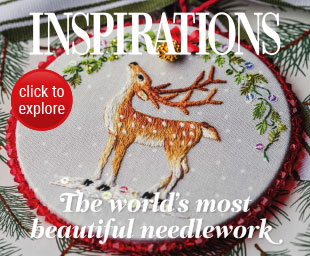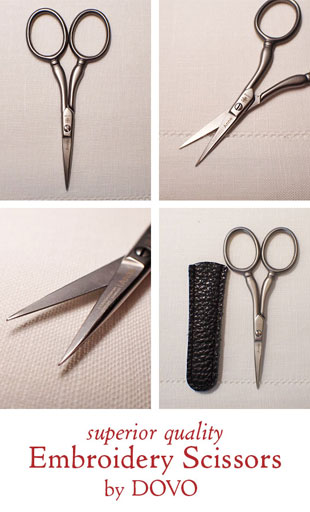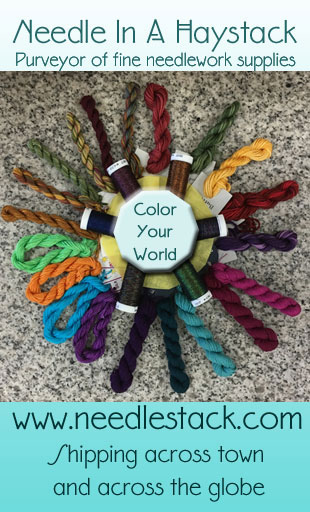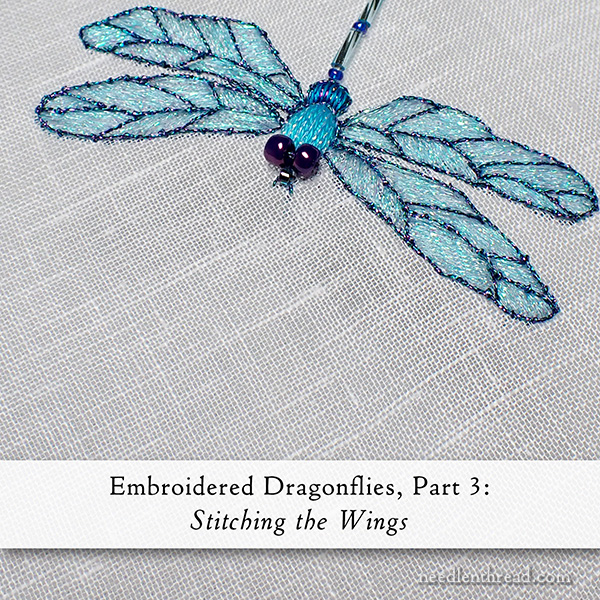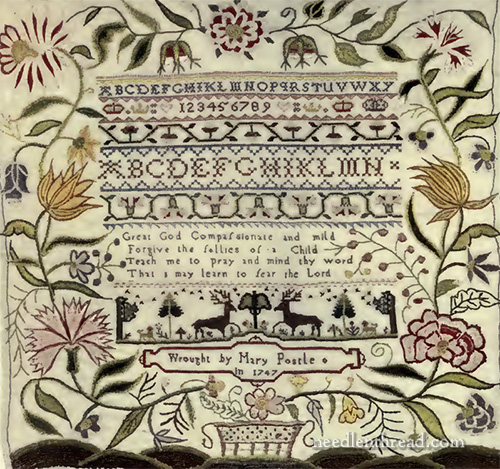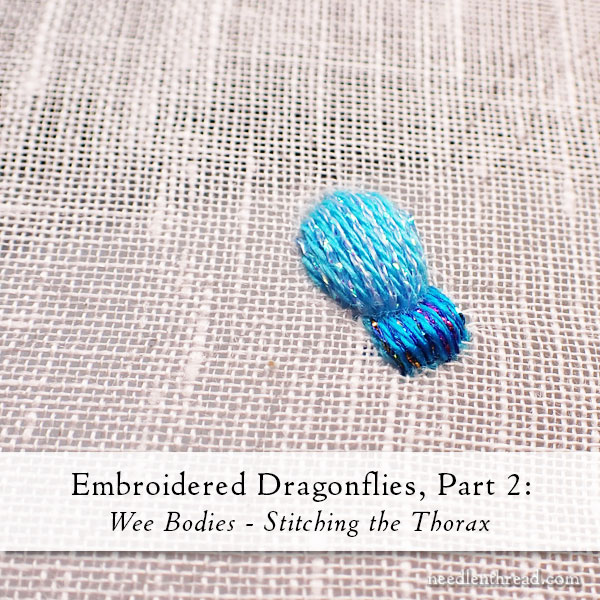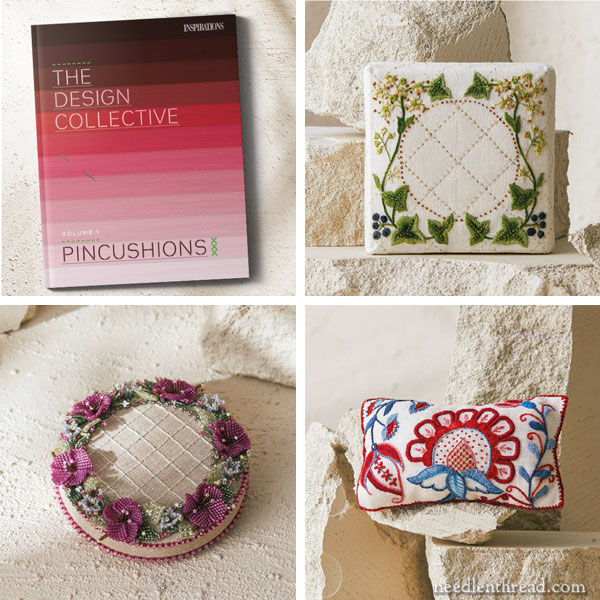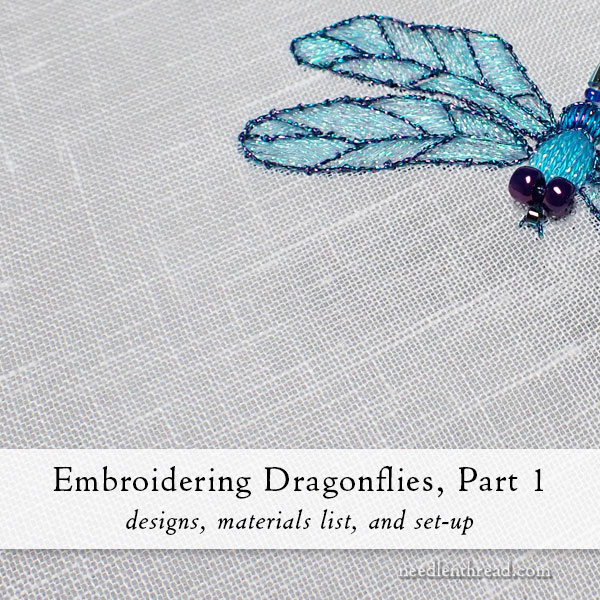November 4, 2021
Diversions from Needlework: Different Needlework!
Did you miss me yesterday?
I meant to be here, but I got held up by a wee problem: to wit, I was stuck on the phone with my insurance company after someone attempted to break into my car, ruining the window in the process. These little things! (I live in a comparatively tiny rural town, so a rare and odd occurrence.)
Then, I spent a much more pleasant rest-of-the-morning recording a chatty podcast with Gary at FiberTalk, which will be up sometime soon.
So, not an all-unpleasant morning, the first part being one of those little life glitches that, in the scheme of things, is not that big of a deal – after all, it could have been worse – and the second, being a pleasant distraction and escape from normal routine. (An excuse not to work? Hmmmm…)
